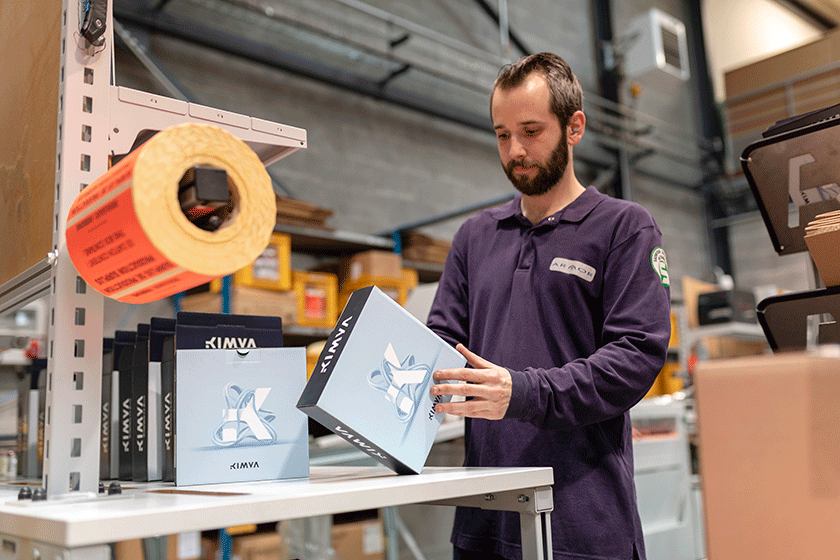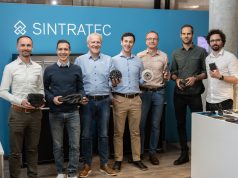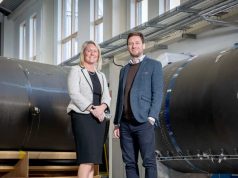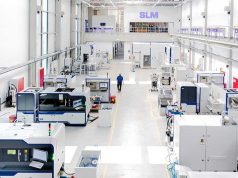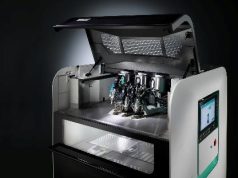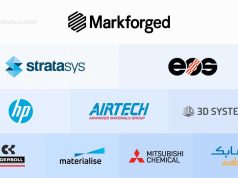KIMYA, an ARMOR GROUP company, announces the life cycle analysis (LCA) results of its PETG filaments in February 2023 to provide more transparency to users. The conclusion: compared to standard PETG filaments, filaments made from recycled PETG reduce emissions in kgCO2 by 35%. As a pioneer in the development of environmentally friendly 3D materials, KIMYA aims to encourage users to prefer recycled filaments in terms of sustainability and resource conservation.
35% less CO2 emissions with Kimya recycled PETG filament
Life Cycle Analysis (LCA) is a multi-stage process with multiple analysis criteria that determines the environmental impact of a product or service, covering its entire life cycle: from raw material extraction, through the manufacturing and use phases, to end-of-life. The LCA was carried out in collaboration with the company Greenly and is based on the methodology of the French Agency for the Environment and Control of Energy Consumption (ADEME). The Kimya recycled PETG filament has an emission value of 4.08 kgCO2, compared to 6.27 kgCO2 for the Kimya standard PETG filament. Thus, by using recycled filament, emissions are reduced by 35% compared to standard filament.
“The life cycle analysis for our standard and recycled PETG filaments was conducted due to strong demand from our distribution partners. In line with our corporate philosophy, it transparently informs the user about the environmental impact of the materials he uses. It aims to encourage him to choose more environmentally friendly alternatives,” explains Benoît Stoeux, CEO of KIMYA.
“Our LCA approach is part of our commitment to more sustainable production. This is illustrated by our ‘Remake’ product range, made of recycled filaments, which we continue to expand to meet all needs. In parallel, we are also considering our packaging, which is now made from 100% recycled cardboard and soluble ink. We are also using flanges made of 95% recycled polycarbonate for our filament spools. The next step for KIMYA will be to create a comprehensive carbon footprint of our company to accurately determine our carbon footprint and take targeted actions to reduce our CO2 emissions,” concludes Benoît Stoeux.
Demand-driven production without wasting resources using 3D printing
According to Sculpteo’s “3D Print Barometer” 20221, additive manufacturing significantly improves the environmental impact of the business activities of the users surveyed (executives, engineers, designers): 41% of them say that additive manufacturing helps companies achieve their sustainability goals, and 61% of manufacturers believe that this technology makes it possible to produce exactly the amount that corresponds to actual needs.
“KIMYA was founded by ARMOR GROUP with the goal of turning waste into a real resource, and entered the additive manufacturing market in 2016 with a first-of-its-kind filament made from industrial waste food packaging. At KIMYA, we are convinced that 3D printing enables on-demand production without wasting resources,” continues Benoît Stoeux.
“We are aware of our responsibilities and at ARMOR GROUP we act according to a clear strategy that respects the environment and gives a central place to the company’s employees, as illustrated by our EcoVadis Gold Medal award. Our commitment to innovation in the service of societal challenges extends across all of the Group’s business units. They all share the same vision, which is to invest in the future,” says Annabelle Guillet, Director of Social Innovation at ARMOR GROUP.
Find out more about KIMYA at kimya.fr.
Subscribe to our Newsletter
3DPResso is a weekly newsletter that links to the most exciting global stories from the 3D printing and additive manufacturing industry.



